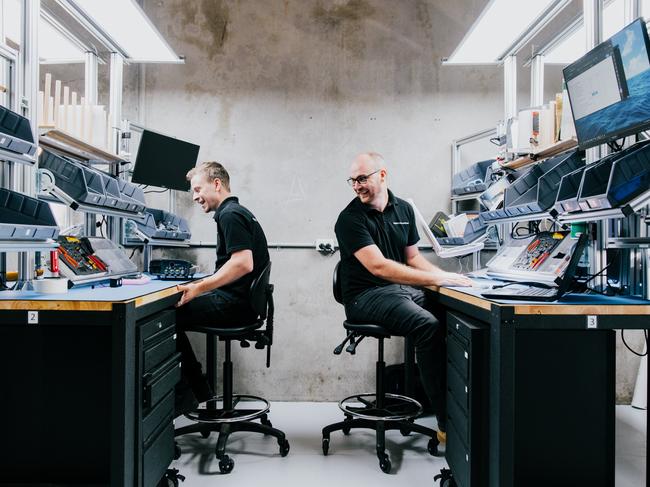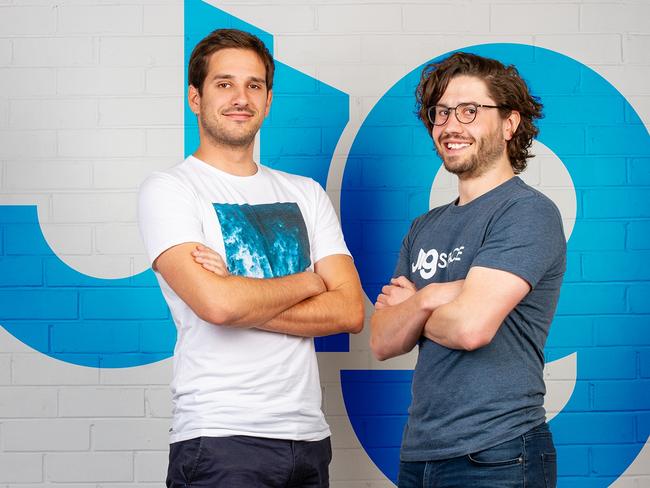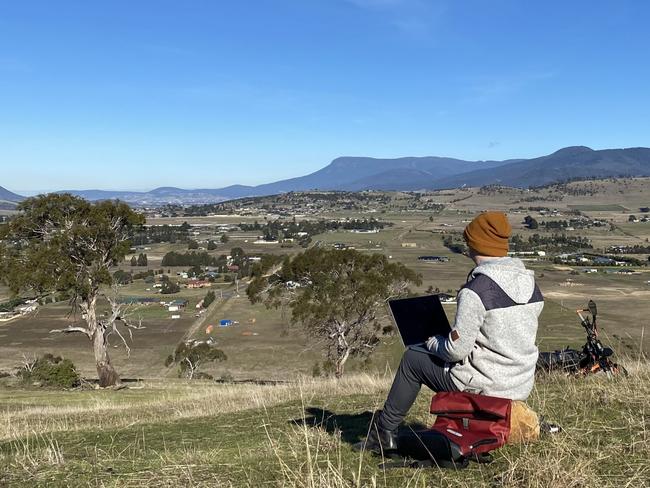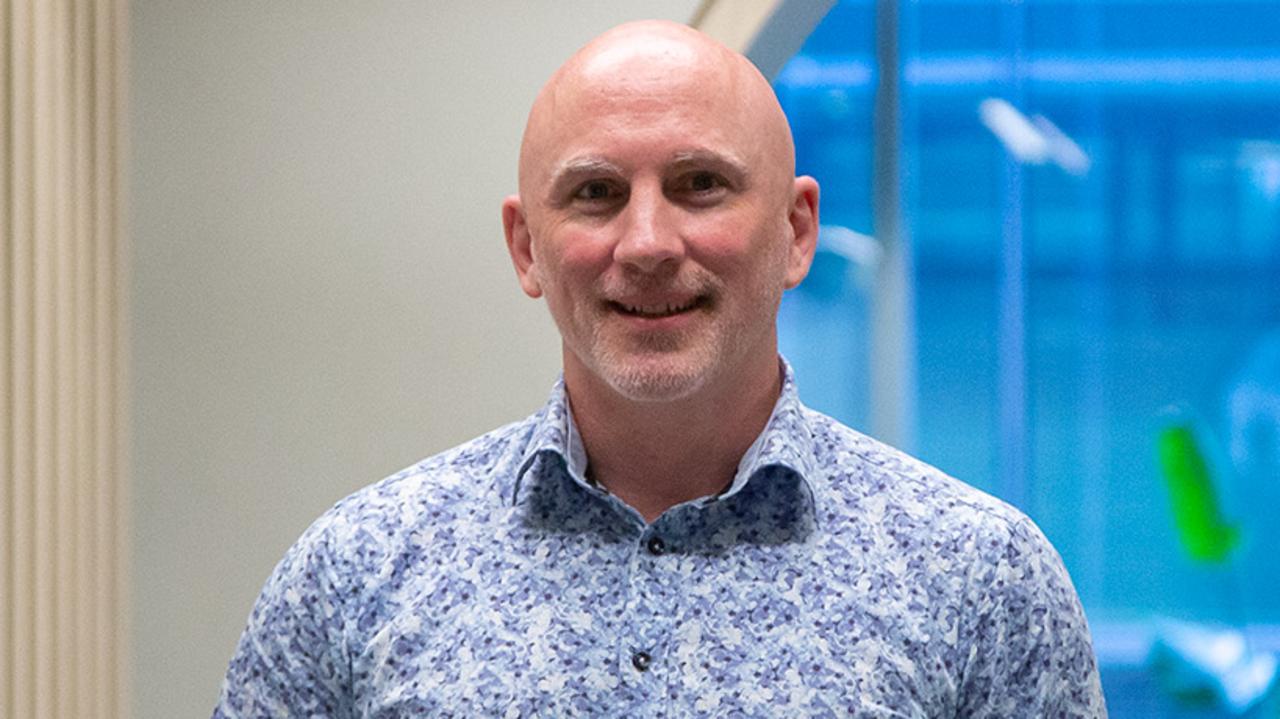Best new working model: full time in the office versus working from home versus hybrid
Aussie employers outline the benefits and challenges of being back in the office, working completely from home, or a combination of the two.
SmartDaily
Don't miss out on the headlines from SmartDaily. Followed categories will be added to My News.
NOW more than a year into the Covid-19 pandemic, businesses are settling into a new normal, with formalised policies about where and how staff are expected to work.
Some have asked all employees to return to the workplace.
Others have ditched the workplace entirely.
And others again fall somewhere in between.
So what’s the best arrangement?
Australian bosses outline the benefits and challenges of their working model:
BACK TO THE OFFICE
All of Robotic Systems’ 11 employees have returned to the office full time.
The contract manufacturing business last year evolved to run completely remote, but now everyone is back in the workplace.
Director Adam Amos says the main reason was to support his team’s mental health.
“One lesson I learnt early on in business was there has to be this demarcation between work time and fun time because when that line gets blurred, that day of working never really ends,” he says.
“It starts and keeps going because the computer is there.
“All of a sudden it’s 8.30pm and you’re still trying to do work and that’s not healthy.
“We work 6am to 2.30pm and have a hard stop at 2.30pm.”
Amos says the hard stop also forces a sense of urgency that helps to highlight any issues.

WHAT OFFICE?
Research from people management company Employment Hero reveals a third of Australians want to work from home every day.
And some employers are on board.
Behavioural science consultancy Inventium and 3D presentation software company JigSpace have both made the transition to 100 per cent remote work since the pandemic.
Inventium founder Dr Amantha Imber says most of her 10 employees love it.
“For a couple of team members, it can be hard to navigate that social contact day to day so it’s about thinking about some other ways they can feel connected,” she says.
Imber says benefits include the elimination of office costs and work commutes.
“Most members of the team would have spent 60 to 90 minutes every day in a commute to the office and that’s time they can win back to do whatever they want,” she says.
“Having autonomy is also a huge driver of motivation at work.”

JigSpace, with 25 employees and growing, also ditched its office when the lease ran out.
Chief executive and co-founder Zac Duff says they will eventually return to an office as “it’s difficult to replicate being with people and ideating” but for now they are running 100 per cent remote.
“The majority wanted to come back two or three days a week and we were looking at doing that from August but given we are still in and out of lockdown and it’s a precarious situation until we are vaccinated, we will push that back,” he says.
“Working from home will always be a component from now on and it’s been exciting to prove that can work.”
Duff says remote work has created balance among staff, whether they are in Sydney, Perth, Japan or London.
“There is no-one getting a higher level of culture or engagement … it has elevated everyone to the same level,” he says.

STRUCTURED HYBRID
Microsoft Australia’s EOFY Opportunity Survey finds almost half (48 per cent) of small and medium sized businesses intend to offer a hybrid work environment and that SMB leaders who have embraced this with the help of new technologies report improved employee experience and wellbeing (90 per cent), better connection with customers (90 per cent) and enhanced collaboration (89 per cent).
Large companies are also embracing the hybrid work model.
Optus, for example, is asking corporate employees to spend at least 60 to 80 per cent of their time in the office.
Head of human resources Kate Aitken says each person works with their team to determine the best days for everybody to come together and get the most out of collaboration opportunities.
“People are feeling empowered because they have choices,” she says.
“They are very well set up to work from home and people feel comfortable with that but it has been lovely to feel the energy around campus and everyone excited to be back together again.
“I struggle to see an organisation that wouldn’t benefit from some sort of arrangement like this, where you get the best of everything.”

DO WHAT WORKS FOR YOU
Digital payments company Square already had a “distributed workforce” before the pandemic, but now it is even more flexible.
Nabila Farhat, technical recruiter for Square’s Cash App in Australia, says employees can work in whatever environment makes them most productive and comfortable.
“That might be at home or in the office or a mix of both,” she says.
Farhat says a major benefit of their approach has been increased talent attraction and retention.
“Over the last 12 months, we have hired people across Queensland, Byron Bay, Tasmania, Western Australia and recently also in South Australia … places we wouldn’t have previously considered because we didn’t have an office there,” she says.
“We are finding there are more applications coming through because people are motivated by the fact we have this work-from-home policy.”
She says employee engagement has also increased and staff are reporting greater work/life balance, appreciation of their role and intent to stay with the employer.

Milly Rowett, a software engineer for Square’s Cash App, says the flexible working policy was a big draw card when she applied to work for the company as she and her wife wanted to move from Melbourne to Pontville, Tasmania.
“We wanted to work and travel so being able to do that without me having to change my job was a big deal,” she says.
“When I joined my team and learnt that a few of us were distributed around Australia (and the US) it made the move to Tasmania easier as I didn’t feel like I would get left out of Melbourne-only things.”
Rowett, whose role involves writing code that moves Bitcoin around, has only met her team face-to-face once since starting with Square 10 months ago.
She says the best thing about working remotely is having more time to spend with family and pets, but the lack of social interaction with colleagues can be a challenge.
“I can walk out into the garden and help my mum with the chickens during my coffee breaks, or go for a run with the dogs at lunch time,” she says.
“What can be hard is the virtual meeting fatigue.
“It’s harder to drum up enthusiasm for social activities on Zoom or Google Meets when you associate those programs with work.”
More Coverage
Originally published as Best new working model: full time in the office versus working from home versus hybrid




